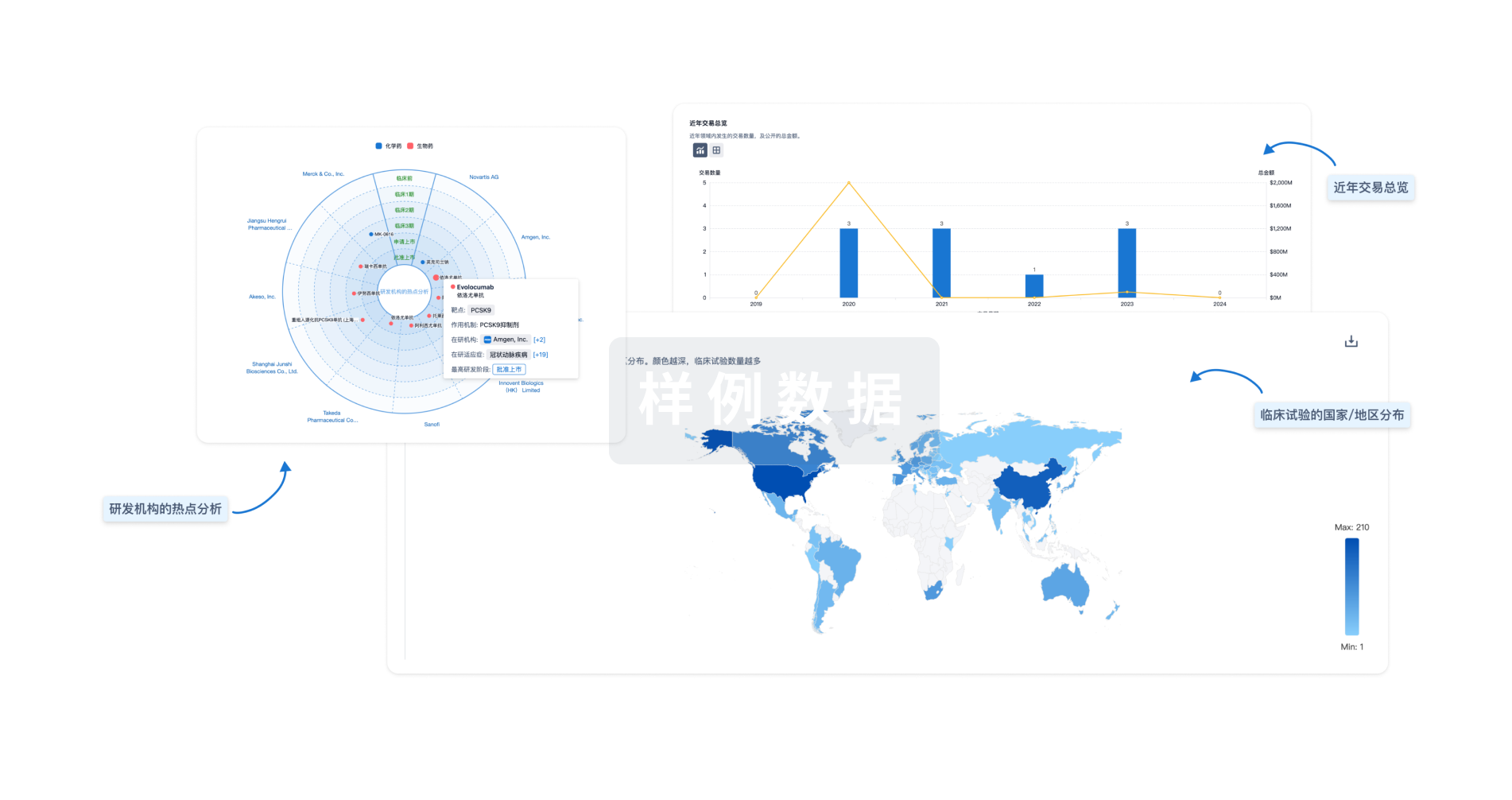预约演示
更新于:2025-05-07
RTCA
更新于:2025-05-07
基本信息
别名 RNA 3'-terminal phosphate cyclase、RNA cyclase、RNA terminal phosphate cyclase domain-containing protein 1 + [7] |
简介 Catalyzes the conversion of 3'-phosphate to a 2',3'-cyclic phosphodiester at the end of RNA (PubMed:9184239). The mechanism of action of the enzyme occurs in 3 steps: (A) adenylation of the enzyme by ATP; (B) transfer of adenylate to an RNA-N3'P to produce RNA-N3'PP5'A; (C) and attack of the adjacent 2'-hydroxyl on the 3'-phosphorus in the diester linkage to produce the cyclic end product (PubMed:9184239). Likely functions in some aspects of cellular RNA processing (PubMed:25961792, PubMed:9184239). Function plays an important role in regulating axon regeneration by inhibiting central nervous system (CNS) axon regeneration following optic nerve injury (PubMed:25961792). |
关联
100 项与 RTCA 相关的临床结果
登录后查看更多信息
100 项与 RTCA 相关的转化医学
登录后查看更多信息
0 项与 RTCA 相关的专利(医药)
登录后查看更多信息
275
项与 RTCA 相关的文献(医药)2025-04-23·Applied and Environmental Microbiology
Deletion of
Re
-citrate synthase allows for analysis of contributions of tricarboxylic acid cycle directionality to the growth of
Heliomicrobium modesticaldum
Article
作者: Redding, Kevin E. ; Layton, Alexandria M. ; McCauley, Christopher
2025-03-21·Investigative Ophthalmology & Visual Science
Pten Loss Triggers Progressive Photoreceptor Degeneration in an mTORC1-Independent Manner
Article
作者: Minamisono, Ren ; van Oosten, Edwin ; Schuurmans, Carol ; Aubert, Isabelle ; Mehta, Dhruv Nimesh ; Touahri, Yacine ; Vecchio, Laura M. ; David, Luke Ajay ; Hanna, Joseph ; Dixit, Rajiv ; Pak, Alissa
2025-01-10·Angewandte Chemie International Edition
Nonenzymatic Hydration of Phosphoenolpyruvate: General Conditions for Hydration in Protometabolism by Searching Across Pathways
Article
作者: Moran, Joseph ; Bora Basar, Atalay ; Zimmermann, Joris
分析
对领域进行一次全面的分析。
登录
或

生物医药百科问答
全新生物医药AI Agent 覆盖科研全链路,让突破性发现快人一步
立即开始免费试用!
智慧芽新药情报库是智慧芽专为生命科学人士构建的基于AI的创新药情报平台,助您全方位提升您的研发与决策效率。
立即开始数据试用!
智慧芽新药库数据也通过智慧芽数据服务平台,以API或者数据包形式对外开放,助您更加充分利用智慧芽新药情报信息。
生物序列数据库
生物药研发创新
免费使用
化学结构数据库
小分子化药研发创新
免费使用